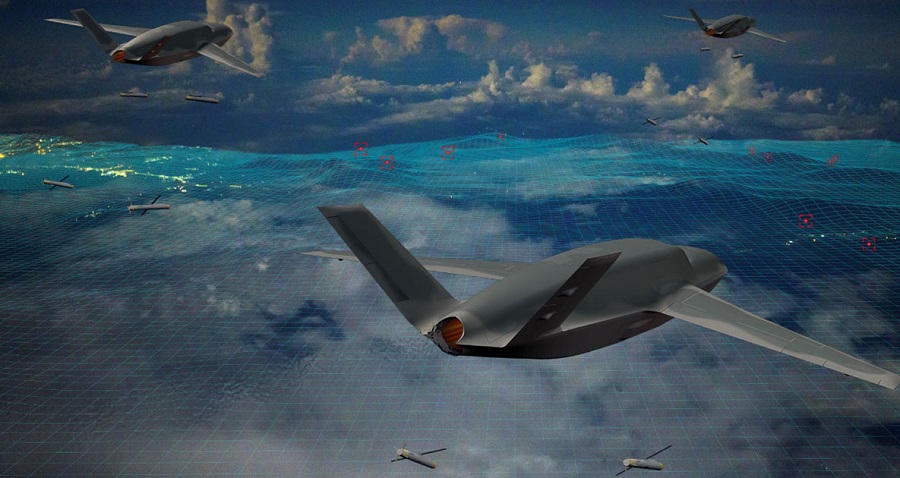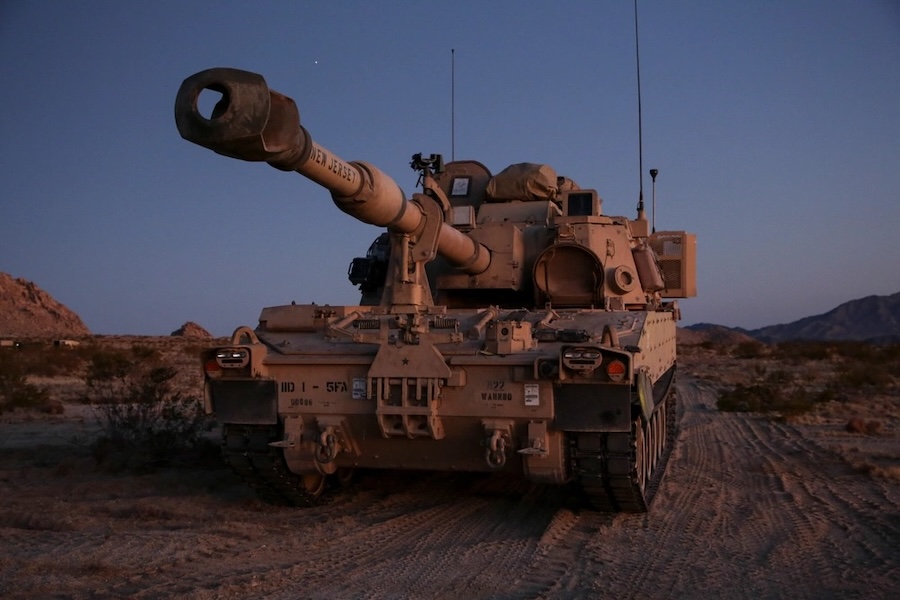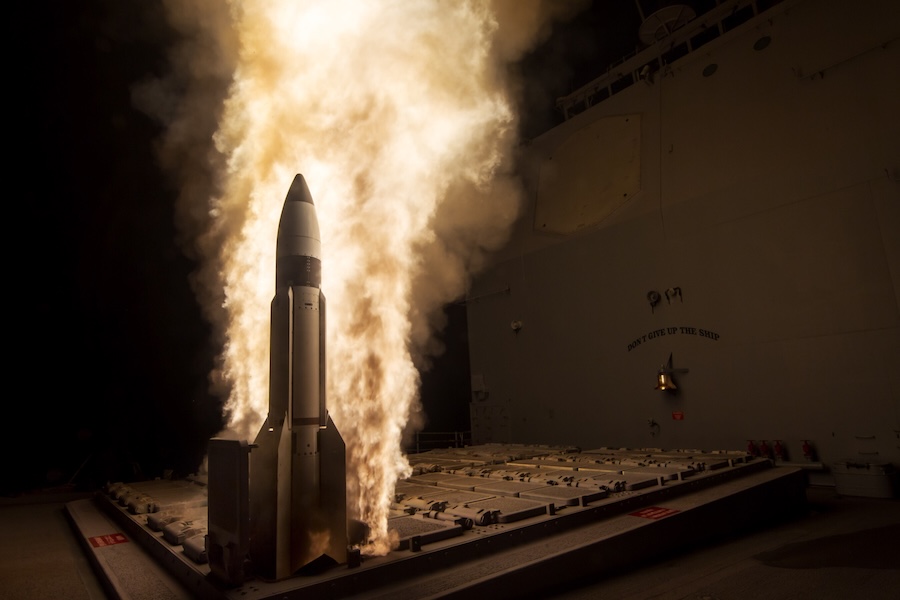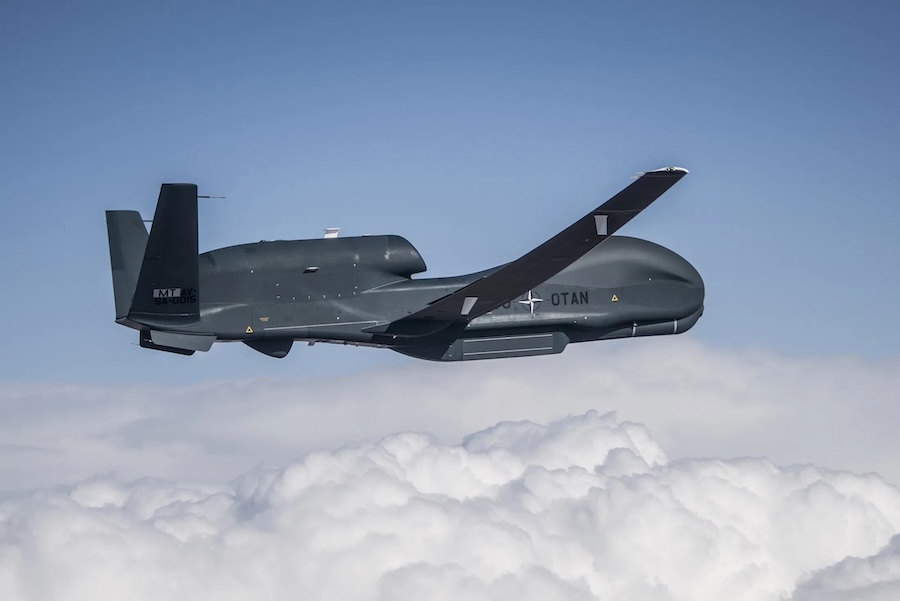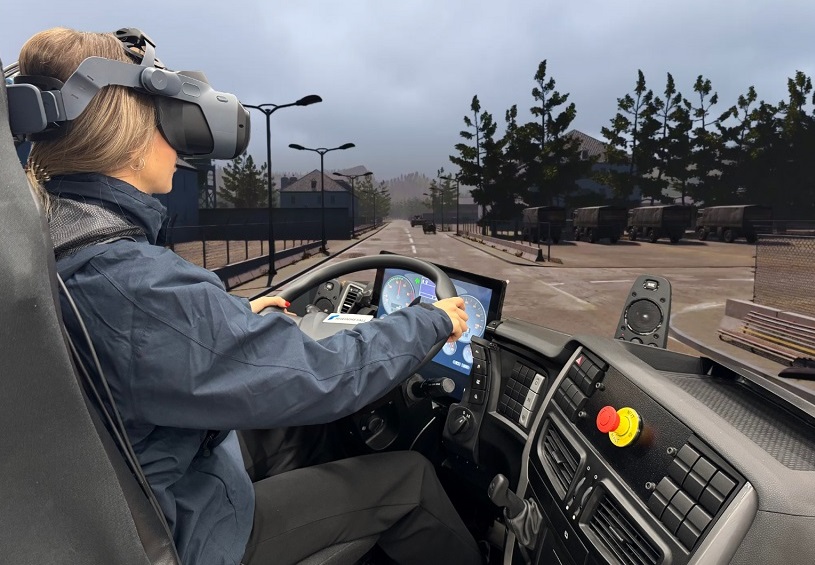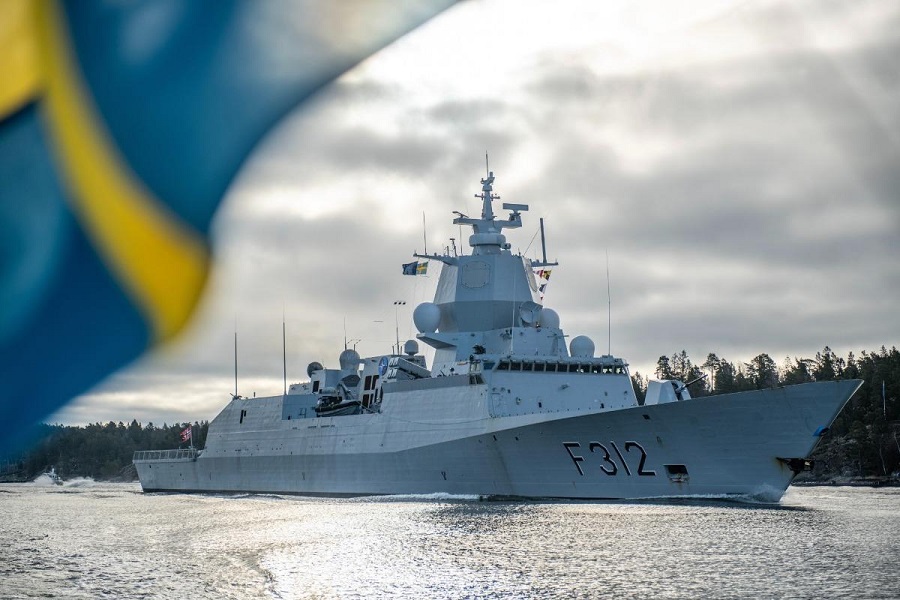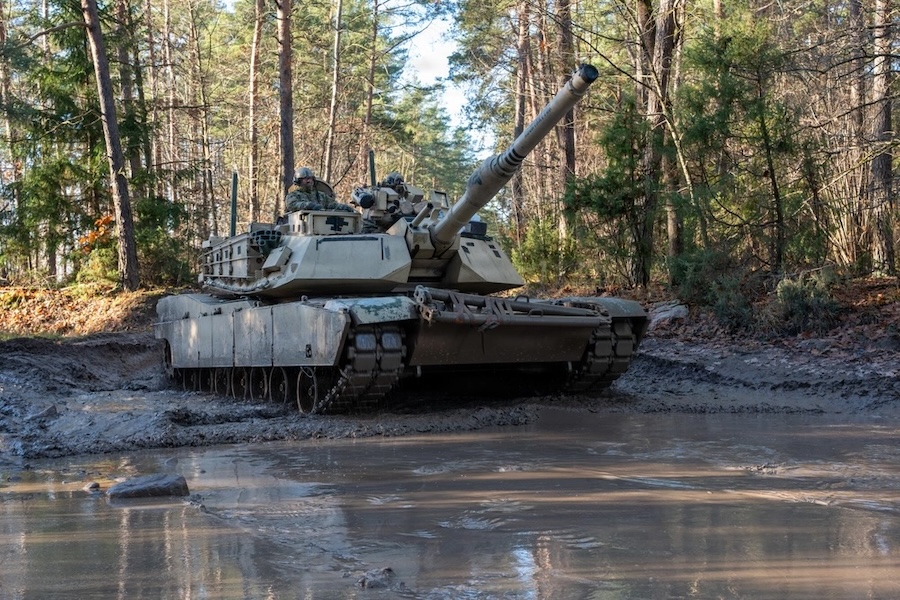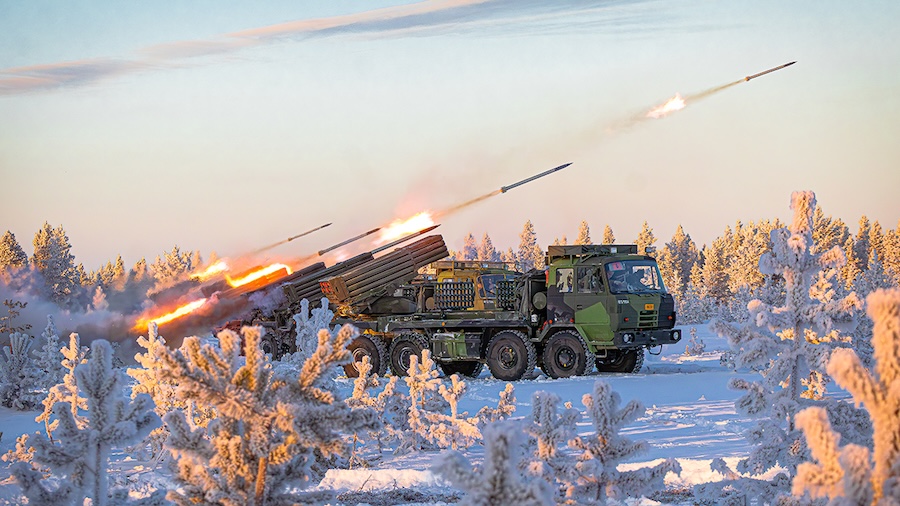The new variant responds to growing international demand for multi-role CCAs that can operate effectively in denied environments. “These are real threats, and they require real solutions,” said GA-ASI President David R. Alexander. “The modular architecture and signature-reducing internal weapons bay of Gambit 6 allow for easy integration of advanced autonomy, sensors, and weapons systems, ensuring the aircraft can adapt to a wide range of operational scenarios.”
Airframes for Gambit 6 will be available to international customers starting in 2027, with European-specific missionised versions deliverable from 2029. GA-ASI is actively building partnerships across Europe to support sovereign defence capabilities for its full platform range.
The Gambit Series is built on a modular, common-core architecture that simplifies rapid reconfiguration and cost-effective mass production. This core includes major hardware elements such as landing gear, baseline avionics, and the chassis, supporting faster development and increased interoperability.
Gambit variants serve a range of mission needs, including intelligence, surveillance and reconnaissance (ISR), advanced training, multi-domain combat, and stealth operations. The family includes earlier models like Gambit 1 for long-endurance sensing, Gambit 2 with air-to-air capability, Gambit 3 for adversary air roles, Gambit 4 focused on combat reconnaissance, and Gambit 5 designed for ship-based CCA missions.
One key derivative is the U.S. Air Force’s YFQ-42A, an AI-enabled uncrewed wingman based on the Gambit 2 concept, developed to support manned fighters such as the F-35 and Next-Generation Air Dominance (NGAD) platforms. This model enhances sensing, survivability, and weapons capacity in contested environments.




